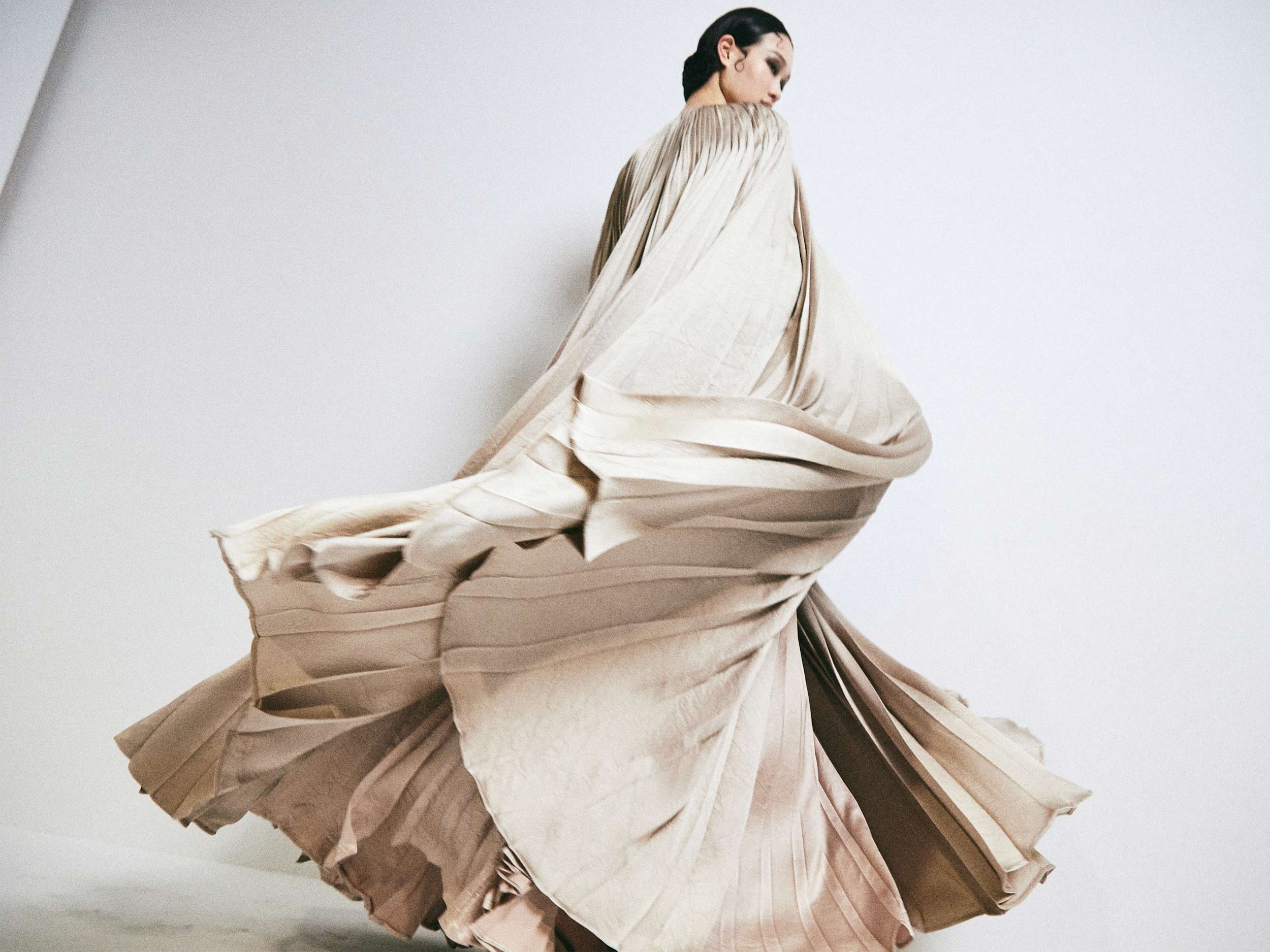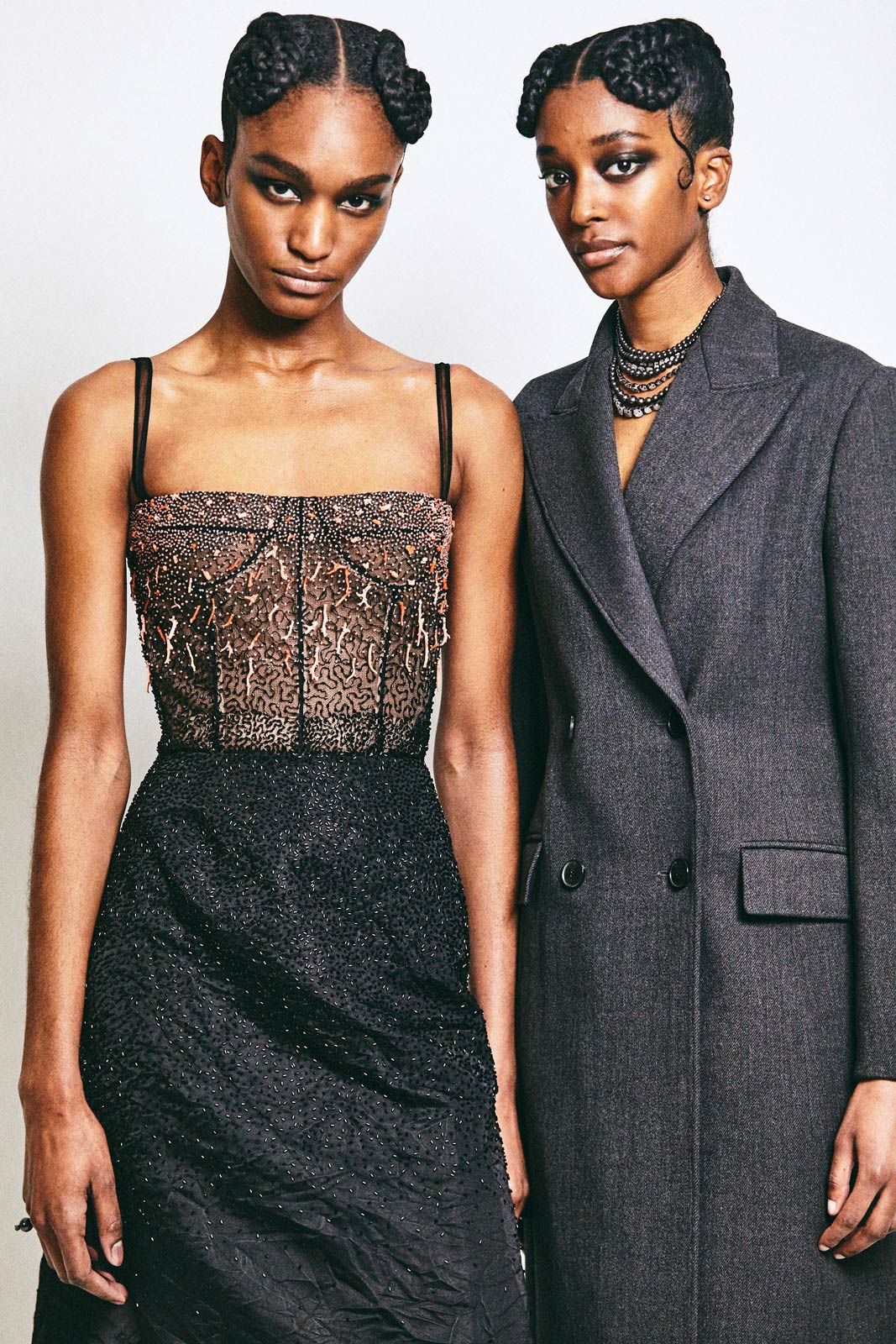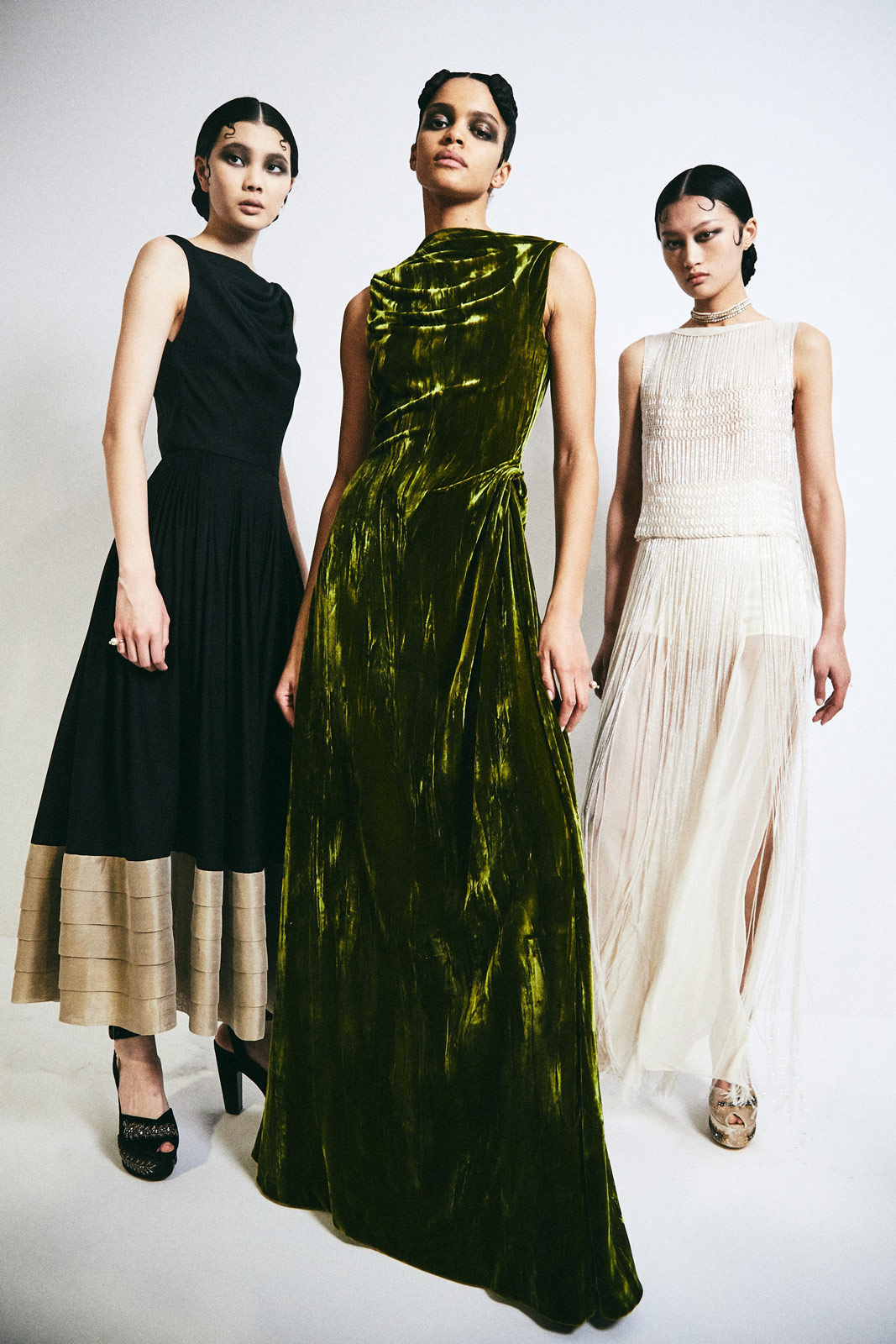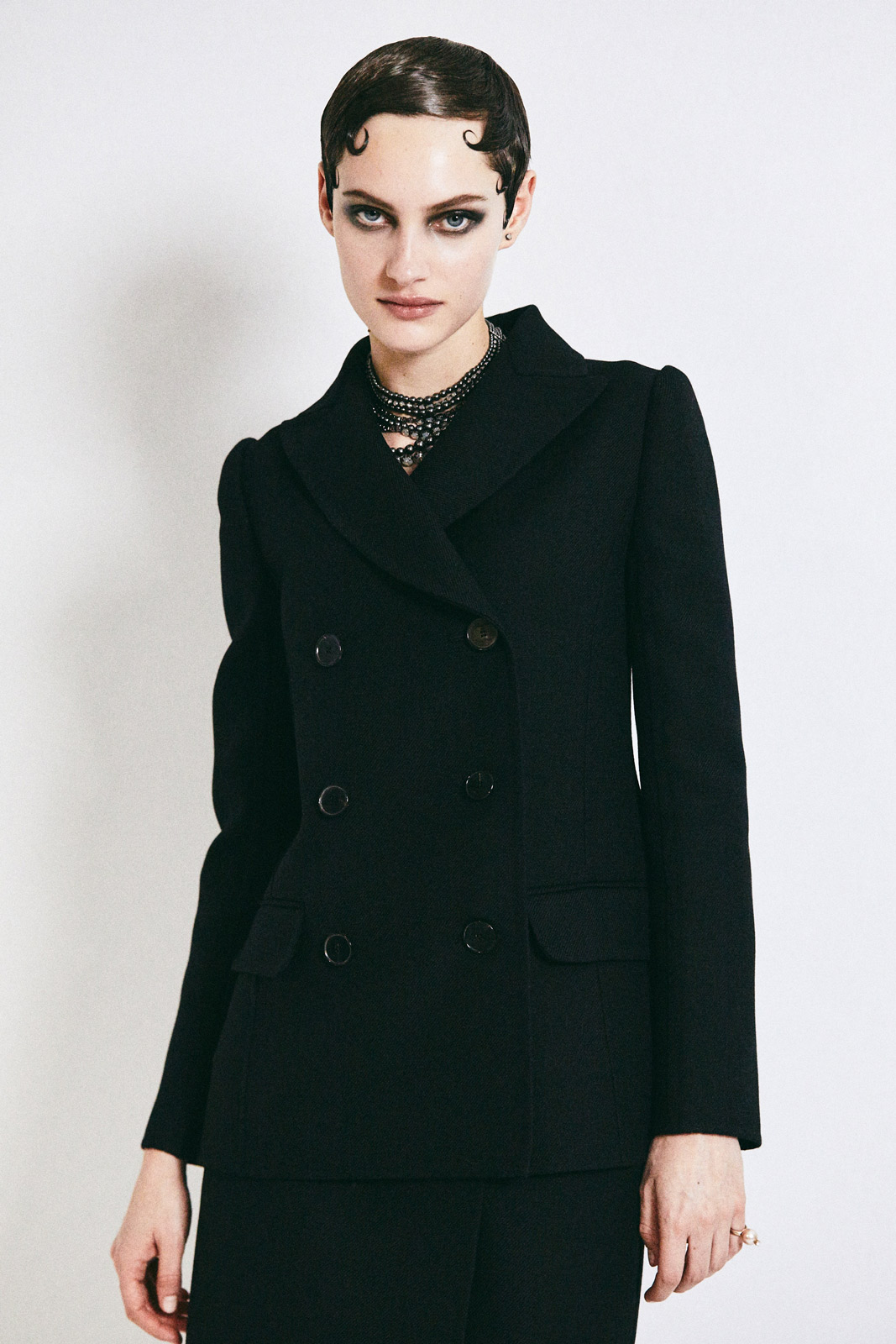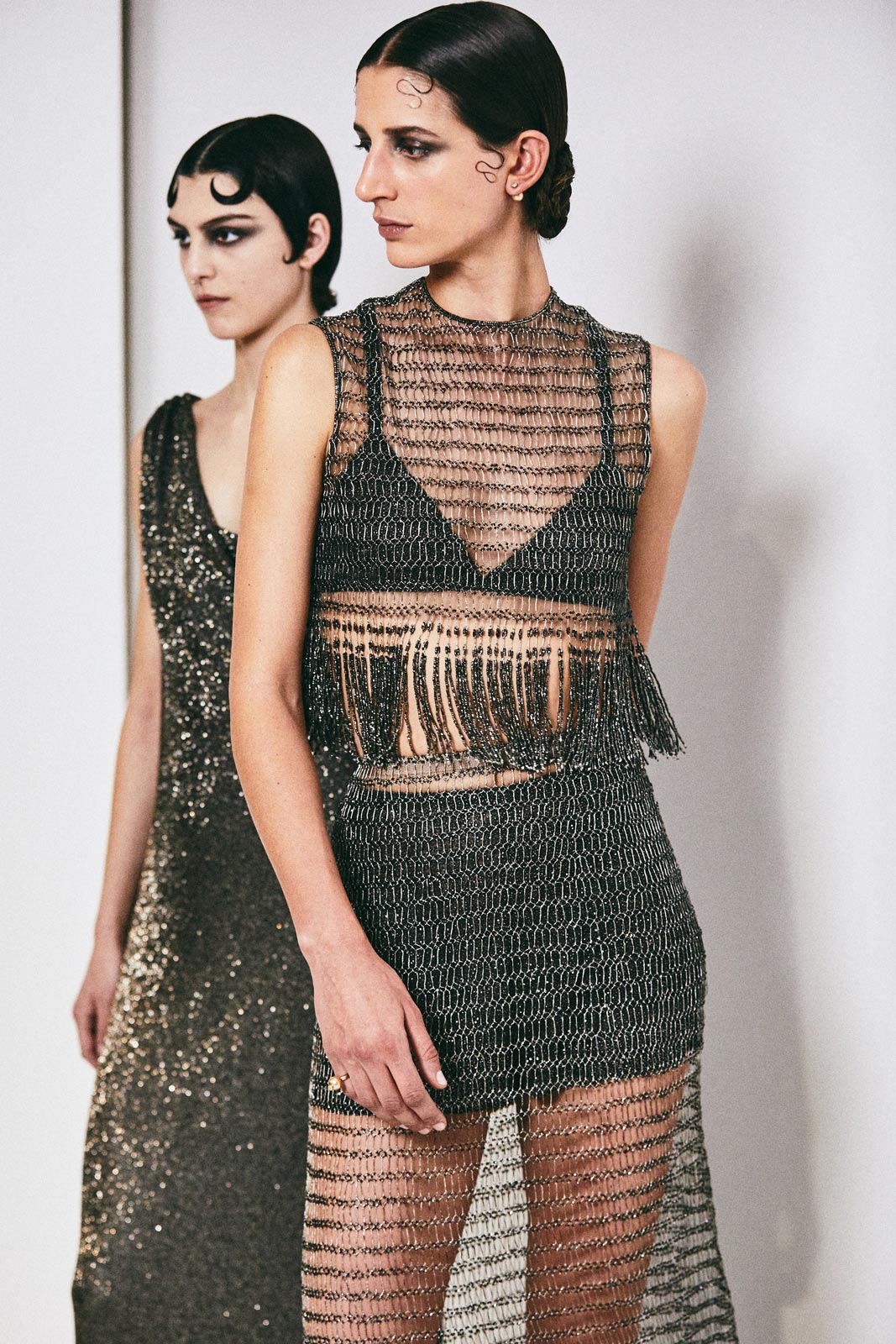The house’s Spring/Summer 2023 collection looks to 1920s Paris, channeling the sensibilities of its founder’s best customer
Joséphine Baker was many things: a world-renowned dancer, a singer, an actress, a civil rights activist, a nightclub sensation, a resistance agent, a muse. Earlier this week, that final title was definitively imprinted on the pages of high fashion: DIOR’s haute couture collection honored the late icon—one of their founder’s best customers—celebrating her sartorial impact, and her pioneering beyond it.
“For Maria Grazia Chiuri,” reads a statement from DIOR, “each haute couture défilé is an opportunity to explore the complex thought processes connected to a garment constructed for a body. The couture garment is a body-garment. A body-home. A body-manifesto.”
And who better to contemplate than Baker? A figure memorialized—for better or worse—for what she wore: that miniskirt made of bejeweled bananas, those sky-high feathered headdresses. She’d perform nearly bare-chested one night, and the next in a suit and tophat. Baker was a spectacle by choice, and by her own design. She understood the power of dressing, and used it to fulfill her own, very personal motivations. “I wasn’t really naked,” the entertainer once said. “I simply didn’t have any clothes on.”
DIOR’s Spring/Summer 2023 collection was staged rather simply, its main adornment being artwork (wrapped around the walls in violet and yellow, a collage of faces of influential Black figures in the realms of fashion and design) by the artist Mickalene Thomas. The garments themselves were ultra-refined: iterations on ’20s silhouettes in cream and black, and in velvet, satin, and mesh. There were a handful of crushed evening gowns, tasseled and sequined robes, leotards, and feathered collars. These glamorous pieces contrasted well—in Baker’s own spirit—with the distinctly classic and chic: ankle-length skirts, crisp white collars, dress coats, and high necks.
Baker embodied modernity—leaving America for the artistic hub of Paris, taking full advantage of her newfound expressive freedom, and breaking prejudices deeply embedded within both cultures over the course of her extraordinary life. Her mark on style is indelible, beyond what she chose to wear—per Chiuri, “[belonging] at the center of the history of DIOR.”


